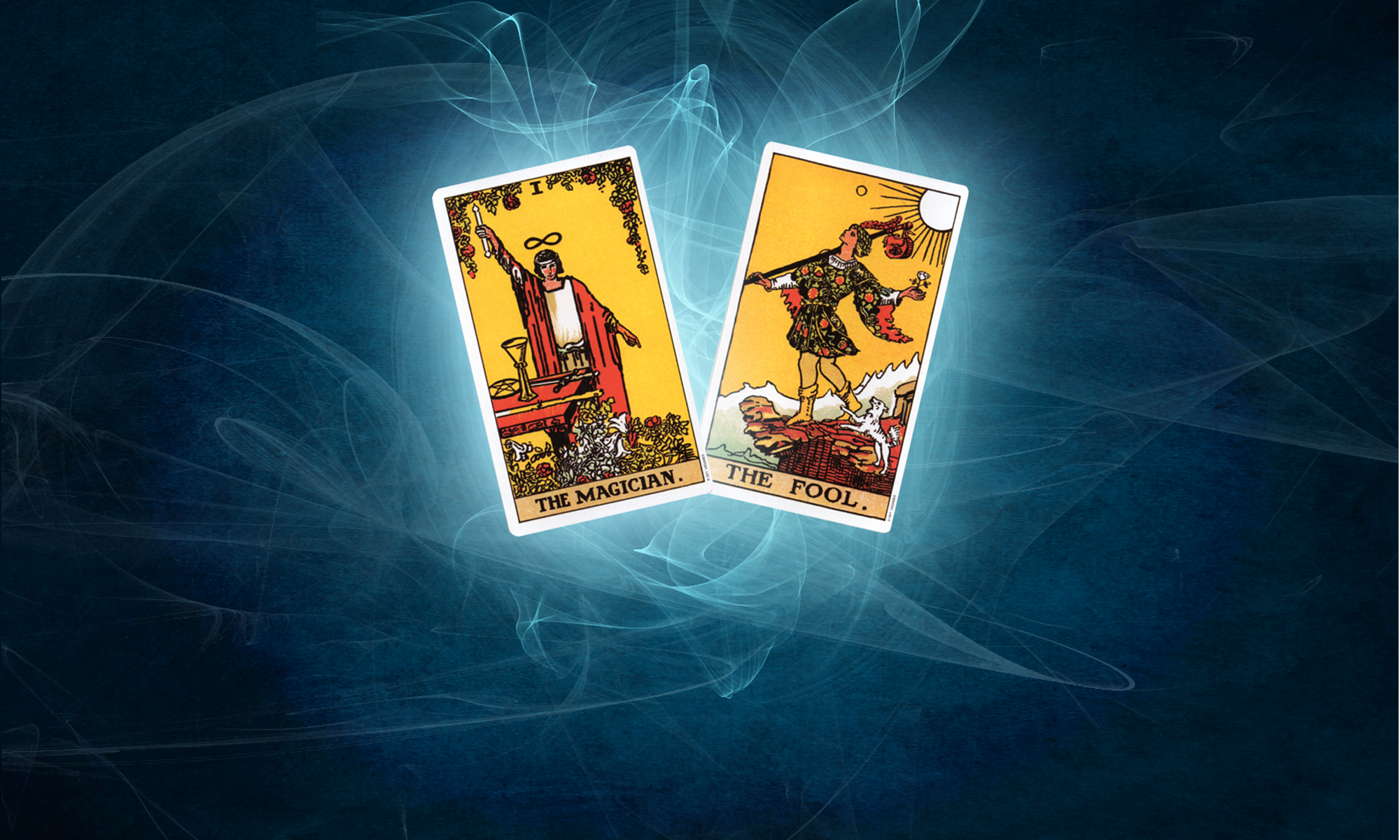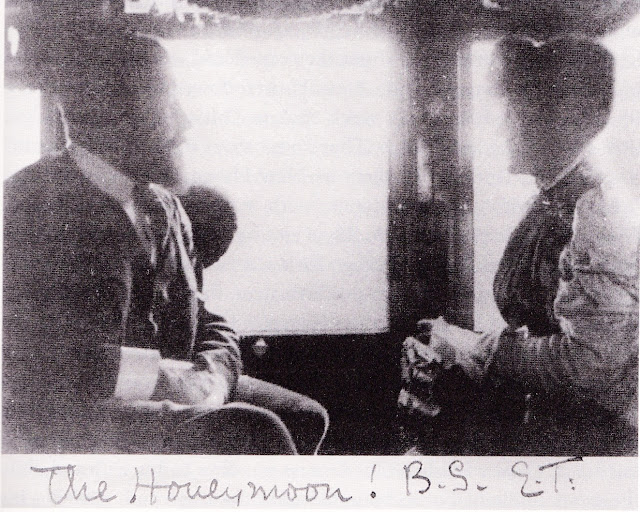Myth is history by consensus. The idea of the success of a book or publication has been on my mind, now that Magician and Fool is published and out in the world. If success postmortem is a myth ascribed to Bram Stoker for Dracula and Pamela Colman Smith for her tarot deck, it is interesting to see how they helped one another during their time together, unaware that their artistic offspring would live long after their association.
In 1925, the fourth printing of Bram’s Dracula by Rider Publishers, featured a book cover that looks very much like one of Pamela’s tarot cards.
There are clues of the rocky road to publishing for both Pamela and Bram in the biographies of Bram Stoker by Barbara Belford and David J. Skal. Bram’s own book, Personal Reminiscences of Henry Irving, and Ellen Terry’s The Story Of My Life, depict the forty years Bram spent with the Lyceum Theatre, being the devoted second-in-command to Sir Henry Irving. Irving seems to have been the model for the main character in Dracula, a charismatic blood sucker. Pamela had many stops and starts to earning a living as an artist, writing letters where she wrote ‘Damn!’ in describing her relationship with publishers.
Bram Stoker, a burly Irishman who stood six foot two, was devoted to Henry Irving, and became the force of organized energy behind the six international tours of the Lyceum Theatre to America. He was also the conduit for Pamela’s tarot cards with The Golden Dawn and to Rider Publisher, the Publisher who eventually published her cards in 1910. ‘Uncle Brammie’ was the possible introduction of Pamela to Sir Henry Irving and her placement with the Lyceum Theatre Company tour to American in 1899.
Bram started as a theatre critic in Dublin and after a rave review for Henry in a touring production, was invited to come along and be Henry’s right-hand man. Bram grew up attending the literary salons of Oscar Wilde’s mother in Dublin and went to Trinity College. His aspirations to write were thwarted by his overwhelming responsibilities to the theater and to Sir Henry, staying up many nights until dawn post show with him while the actor unwound from a performance. Sir Henry once called Bram ‘his secretary’, but Bram fought to be his main speech writer and confident, a position that did not last.
Bram was also smitten with the Ellen Terry, the leading lady of the Lyceum Theatre Company. Ellen signed this photo of Bram and she riding in the Lyceum theatre’s train cars as they toured the country: ‘The Honeymoon! B.S. E.T.’
She called him ‘Pa’, he called her ‘Ma’, and they became the heart for the company while Sir Henry reigned as the autocrat, said to be distant from most people, unless they asked after his dog, Fussie, or his rheumatism. But it seemed a merry company, undertaking a crushing schedule. Pamela befriended Ellen’s daughter, Edy Craig, and set out learning Egyptian hieroglyphics from Sir Henry as the toured.
In this drawing of Pamela’s, Ellen has ‘U.S.A. Plaza’ on her maid’s cap while she serves tea, Bram has ‘H.M.S. Dracula’ on his cap, while Henry’s upside down top hat has ‘H.M.S. Lyceum’ inscribed on the broad ribbon. The possible symbol for the astrological sign Libra and the symbol for the moon crown of Isis, which is in Pamela’s High Priestess tarot card, are seen floating above them from Henry’s book. Edy and Pamela were said to be studying with Henry but judging from their impish looks, studying was not their intent.
But Bram seems to have taken an interest in Pamela during this tour. Edy and Ellen were as close as family at one time, Henry calling Pamela ‘Ellen’s Red Haired Devil’, although Pamela was never known to have red hair. When Edy and her brother were young and Henry and Ellen were having an affair, the siblings would provide critical feedback if Henry asked them about his performances. Stories of Edy sitting on Henry’s lap and advising to talk like he did at home with them showed an intimacy in their early years. In fact, Bram Stoker, Ellen Terry and Henry Irving were dubbed ‘The Unholy Trinity’. To this day on the back of the Lyceum Theater, you can see their three names etched into the building.
During the days of the Lyceum, Bram had an interest in the occult, as he continued to fine tune his Dracula. Did he introduce her to Arthur Waite, as he looked for an artist to co-create his deck of tarot cards? It is said she was brought to Watkins Books where a meeting took place. After the initial run of Pamela’s tarot cards by Sprague and Sons, the tarot deck they created was published by Rider, the same publishers who put out Bram’s Dracula in 1925. Hence, the title of Pamela’s cards the Rider Waite deck. Since Dracula had other release dates, (1897, 1901 and1910) it’s possible that Pamela introduced Bram to Rider Publishing. Bram’s last book, The White Worm, was published the year after her tarot deck was published and featured drawings by Pamela. They kept in touch as the Lyceum Theatre company disbanded and connections as a theatre family were severed.
The other image of Bram and Pamela together is from another drawing she did while they were shipboard with the Lyceum Theatre American Tour. It was drawn in 1899, and depicts Pamela and Edy in conversation with Bram. Pamela’s signature is in the lower right hand corner of this drawing which was placed in all her tarot cards. Bram’s H.M.S. Dracula cap and Pamela’s oriental/pixie/pirate outfit symbolizes their lasting identities. ‘Uncle Brammie’ may not have realized the impact of his book’s effect with Dracula, as Pamela would not with her tarot cards, but the connection they had with one another lives on in their joint projects.




